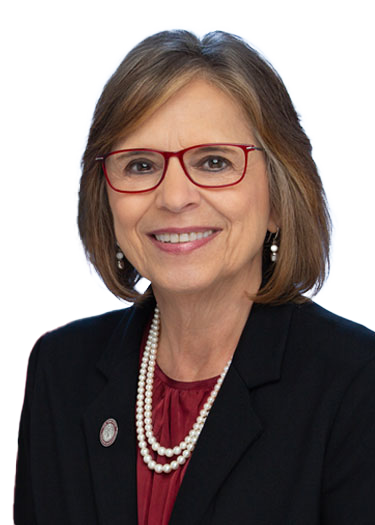Lupardo Wraps Up Statewide Poverty Hearings
Forums gather information that will help guide policy in Albany
New York City – As part of an ongoing effort to begin addressing the issue of poverty throughout New York State, the Assembly Committees on Children and Families and Social Services hosted Thursday the third and final in a series of statewide hearings. Committee Chairs Assemblywoman Donna Lupardo and Assemblyman Andrew Hevesi, along with Chair of the Puerto Rican/Hispanic Taskforce Assemblyman Marcos Crespo, heard testimony from stakeholders in New York City where 30% of children live in poverty.
“These hearings have been enabled us to hear the stories behind the statistics,” said Assemblywoman Donna Lupardo. “By learning more about the people in poverty and the barriers holding them back, we will be able to form a strategic plan when we return to Albany in January.”
Several themes emerged throughout the meetings. On a macro level, the federal poverty level is so low that it disqualifies many families from receiving vital services. A family of 4, for example, is at 100% of the federal poverty line if they earn just under $25,000. This number does not take into account many regional factors, such as the price of housing. The need for affordable housing, food assistance, transportation, quality child care, an increase in the minimum wage, and numerous reforms to the social service delivery system were also among the topics discussed during testimony at the hearings.
In New York State, 22% of children live in poverty and last month the three Assemblymembers gathered for a round table in Rochester, followed by a public hearing in Binghamton the following day to begin gathering information about the nature of the issue. Half of the children in Rochester live in poverty, the second-highest rate in the nation for a city its size; in Binghamton, the childhood poverty rate is 47%. Each of those communities, as well as Syracuse, has established a local anti-poverty initiative comprised of local non-profits and community leaders to examine ways to address poverty in their areas.
